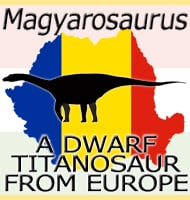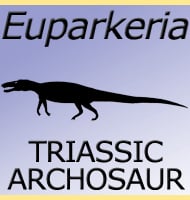Paleopsilopterus
In Depth Paleopsilopterus is one of the smallest and by far earliest of the terror birds with fossils dating back as far as sixty million years ago. In a world that had seen the disappearance of the dinosaurs under five million years before its existence, Paleopsilopterus thrived and was likely the form that would go … Read more

